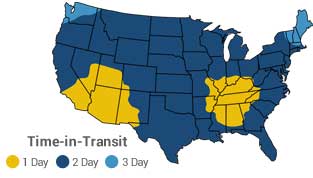Description - Our 1” interlocking MMA Mats are constructed with a high-density EVA foam that comes in two reversible colors, allowing you to use both sides of the tile as your flooring surface. These tiles still feature the same water drop top but are now solid color throughout. Our MMA mats are very shock absorbent and are still water resistant, mold and mildew resistant, and insulating. These properties make these tiles perfect for any basement, child’s playroom, martial arts studio, MMA studio, or anywhere else a solid, shock-absorbing surface is desired. Our interlocking foam tiles are also very easy to clean and feature two removable edge pieces, allowing you to easily create a solid flooring surface. So if you are looking for an easy-to-install, safe flooring surface that can be easily expanded upon, then our 1” MMA Mats are the tiles for you.
Note: Foam products can be punctured by sharp animal nails, rough use, high heels, and moving furniture. The removable corners can be a choking hazard.
Material – Closed cell EVA foam rubber.
Size – 2' x 2' and 3' x 3'
Thickness – 1" inch nominal (~25mm)
Weight – 2' x 2' tiles weigh 2.4 Lbs. and 3' x 3' tiles weigh 4.5 Lbs.
Recommended Uses – 1” MMA Mats have been used successfully in playrooms for children, in daycare centers, in martial arts studios, as yoga and pilates mats, as foam mats for tumbling and other gymnastic related activities, as home gym flooring for gyms that are primarily for aerobics and other cardio-related exercises, and any other place where a shock-absorbing foam floor tile system would be useful.
In Stock - Ships between Jul 29 - 30
Installing these interlocking tiles is very simple and usually done by the consumer. Typical installation of these tiles is as follows:
- First, clean your subfloor so it is free of all dirt, grease, or debris.
- Start in one corner of the room with a corner tile and add border tiles outward along the adjacent walls. Add center, corner, and border tiles where you see fit.
- When coming up to an opposite wall, make sure you cut the tiles to fit the area leaving a gap that’s roughly the thickness of the tiles being used to account for expansion and contraction of the floor tiles in varied temperature ranges.
Note: Note: When piecing interlocking tiles together, adhesives aren’t usually needed since the weight of the product is usually enough to keep the floor tiles from moving. However, if you do experience movement and would like to ensure that the tiles do not slide at all, you can use some double-sided tape or mat tape around the perimeter of the installation to prevent any movement.

